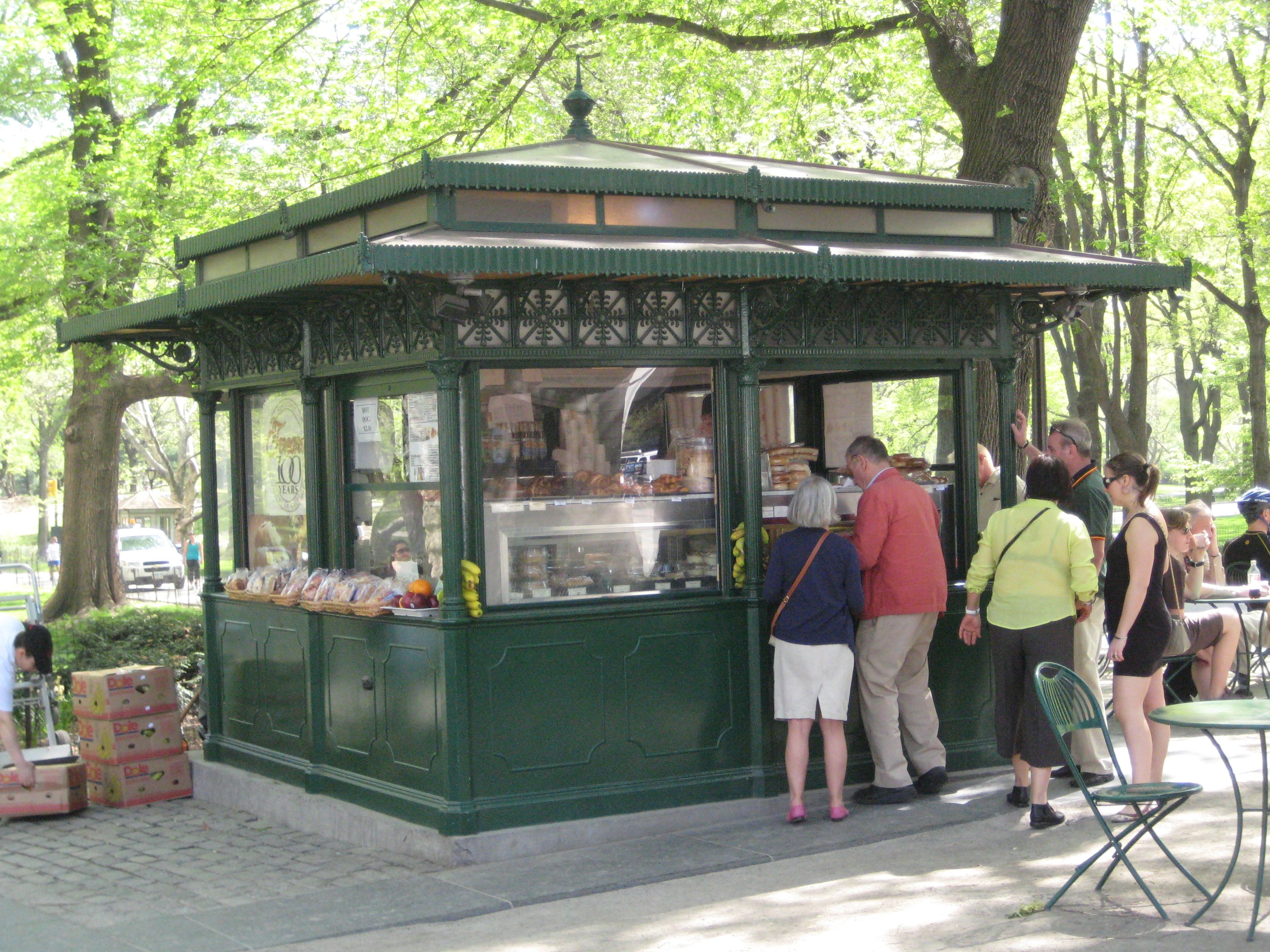Signs of the Times, Redux: The World's Next Mass(ive) Medium?

In colonial times, journalism was born on broad sheets of cheap paper and the vocal chords of human marketing throats.
The long sheets delivered news to those who could read. But in the middle of most cities of any size, from Derby, England, to New York, NY, (as far back as when it was known as New Amsterdam), the best way of disseminating information to the public was to shout it out , with town criers. Not everyone could read.
These town criers gave these cities their first mass messages about what was going on in the world, providing news that could act as cultural and political glue.
Now, we could be coming full circle. There are almost innumerable ways now for “mass” dissemination of information to occur. Most television subscribers now have more than 200 channels of programming (plus 70 or more HD versions). A big city will have a couple score of over-the-air radio stations, XM Sirius delivers 170 from high in the sky and the Internet delivers innumerable streams from everywhere.
News stands still exist, but the broad sheets – news papers – are disappearing. In their places are coming tens of thousands of individual news creators and aggregators, known as sites, as well as tens of millions of filters known as bloggers. Then, there is the Twittersphere, where countless numbers of 140-character messages not just disseminate news, but can organize events.
The mass medium is disappearing in the onslaught of this splintering from personal journalism.
But cultural glue is still needed and a new form of broad sheet is arriving in the heart of any major metropolis worth its wattage. These new town criers are based on light-emitting diodes that shine in sunlight and night and can give mass audiences in a public square an immediate snapshot of what’s happening in one’s own neighborhood – and one’s neighbors’ neighborhoods, anywhere in the world.
Right now, we’re stuck in a mode where we think of them as digital signs, primarily meant to move products not to inform.
But these will be the new broad sheets, on which a next-generation Ted Turner will figure out how to network audiences in all major metropolises with seriously thought-out and produced text, images, video and carefully focused audio.
Like their paper forebears, these digital broadsheets, which may span 10, 20 or more stories of a tall building, will have the power to pull together the attention of anyone standing in the heart of a major city or city district, anywhere in the world.
And be powered by keystrokes, in an editor’s living room anywhere on the globe. Someone who can pull the latest images and reports from anywhere, from any member of the human race, not just professional organizations, and place them on what amounts to a municipal news screen. This is the continuing advance of the power of the Internet, tied to media facades.
Already some of this is appearing in the the petri dish of digital signage, known as Times Square in New York.
But the attempts at delivering the news and cultural understanding of the day are fairly old-fashioned.
Text is delivered in multiple competing streams, moving left, competing for some kind of attention at ABC News’ media façade. Along with a video of and promotion for anchor Charles Gibson.
CNN? It’s showing commercials for shows you’re suppose to watch when you get home. But the Breaking News board? Blank.
And you can’t hear a thing from anyone.
Over at the M&M retail outlet, you’re getting the best pulsating video of endless waves of small chocolates. Even in the noontime sun, the playback is clear and compelling. But the message? Nothing more than “come inside” and buy something. Pretty expensive overhead teaser.
But you can easily see the potential here for digital signs that matter as a new form of news distribution where large numbers of people congregate. Heck, even in Times Square, there are bleachers at Father Duffy Park for tourists and theater goers to take a rest and take in the sights and flashing ministrations of the digital signs in front of them, on both sides of Broadway.
A smart news outfit would use a 50-foot-wide and 60-foot-deep digital broadsheet to constantly extract, display and explain the most important breaking news and cultural events of the moment. Not just one sentence summaries, but blocks of readable type. Videos, to show first-hand the ill-advised sweep of Air Force One toward the Statue of Liberty, that gave rise to public panic as well as crowds scurrying out of Battery Park’s office builders. And audio analyses beamed to anyone with a smart phone and earbud wanting to hear the details and analysis that a serious news organization has put together, via Bluetooth or focused, directional sound waves. The square might still be silent. But any interested party could still listen in.
You would think that The New York Times would be the first to experiment with, perfect and expand on these digital broadsheets. It’s the logical outfit to figure out how to be the mass news medium in the middle of modern metropolises, here at home as well as abroad.
But stroll down Eighth Avenue to its headquarters across from the Port Authority Bus Terminal at 40th Street and this is what you see.
A perfectly static New York Times logo. Even if it has plenty of space above to erect a media mesh that could deliver a constantly revised, edited and energetically presented media mesh to passersby. And pay some of the rent it now owes, since it has sold and begun to lease back the use of its main offices, from the interstitials aka commercials it could sell to sponsors and broadcast in between or along with its news for these new times.
If the traffic is better in Times Square, then put the digital broadsheet there. But it’s pretty clear that some global media organization is going to figure out that there still are two ends of the media spectrum in the digital age.
The niche audiences will be found on the Web. But mass audiences may still be found in … town squares and public spaces. The "world crier" which controls the message will have a franchise that spans the planet and delivers a reach that will serve globalizing brands that matter, better than print vehicles tied to a namesake locale.
These digital broadsheets will be used, by new forms of communicators, to increase understanding of different cultures – because the reach will be achieved by providing – get this – objective information, analysis and features that any human being can understand and relate to. Sure, Discovery Communications last year explored the wonders of the world, in its ambitious natural history series, “Planet Earth,’’ five years in the making.
But these broad sheets of diodes will offer a way to provide constant, continuing and, handled right, caring coverage of all the world’s people, their unifying characteristics and their definining differences.
That’s the thinking of one outfit trying to get ahead of the curve on this. Rule7Media, based at 48 Wall Street, thinks these screens can be used to entertain and inform at the same time, with reporting on the fashions, culinary habits, traditions and events that make each part of the world unique.
Rule7Media, until now has been largely known for trying to stretch the bounds of marquees at places like the Apollo Theatre in Harlem and commercialism, and helping out with multimedia signage at megashops such as the two-story M&M’s outlet in Times Square.
But its president, R.L.Willard, though, thinks it’s time to turn digital broadsheets into a medium that provides the same sort of cultural glue that used to be provided by the paper equivalents. The generation that builds personal spaces online, that twitters about every movement and thinks the New York Times only comes from touching a button on an iPhone is not adverse to consuming mass messages.
But, in the age of always-on electronics, one key trick will be to find out how to command the attention of large audiences common settings, where they already have gathered. Willard thinks there is inherent power in this kind of global story-telling – where the greatness of Shona sculpture in Zimbabwe can logically co-exist with depictions of the fallowness of its once-rich agricultural fields from its political upheaval over the last three decades. Audiences in town squares worldwide can be shown the fruits of culture and how their counterparts live, in realtime. The municipal screen becomes a museum of life, as it happens.
Willard hopes to show off how this kind of ultralarge screen communications network spanning major cities could work when the World Economic Forum meets next year in Davos, Switzerland.
As individuals increasingly find news on their own, with the continual splitting of bandwidth and audiences allowed by new technologies, this is one place where the pendulum could swing back: A medium with massive size winding up as the electronic era’s mass medium.
